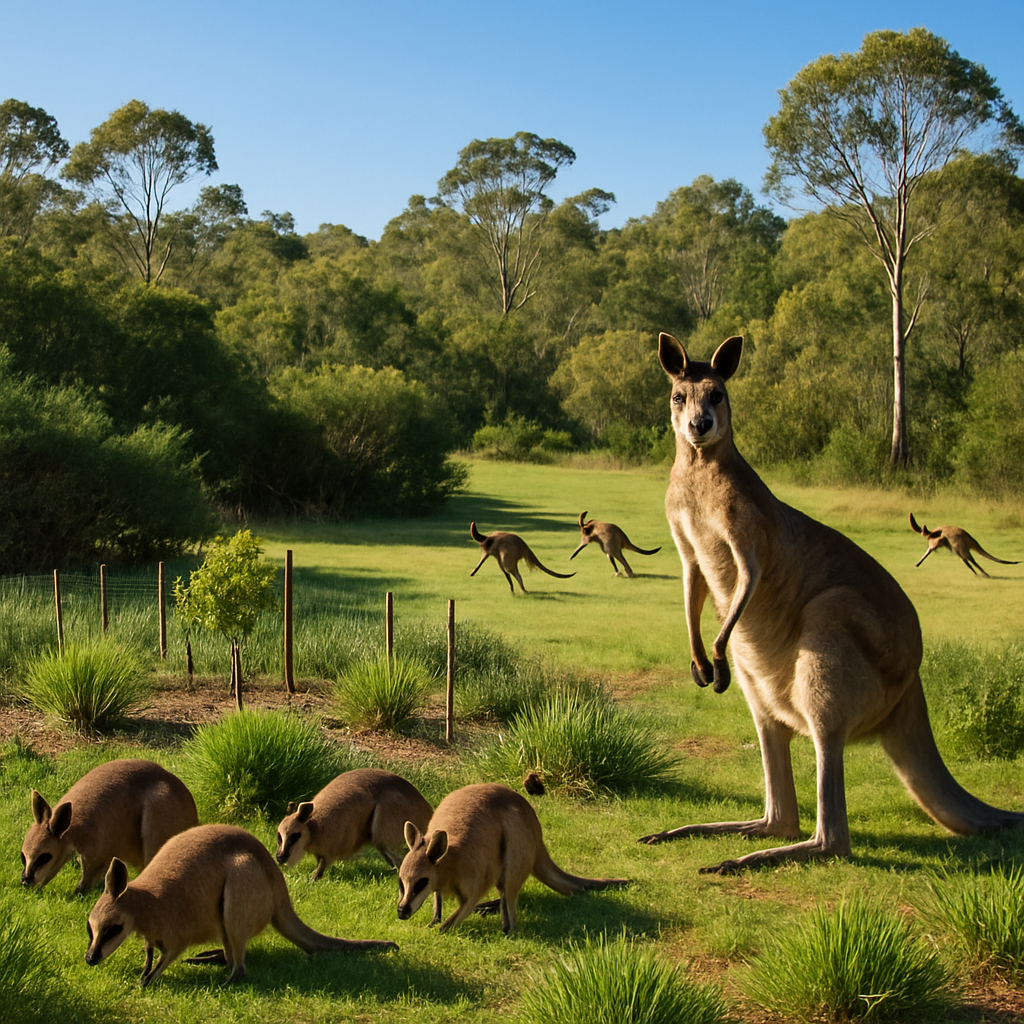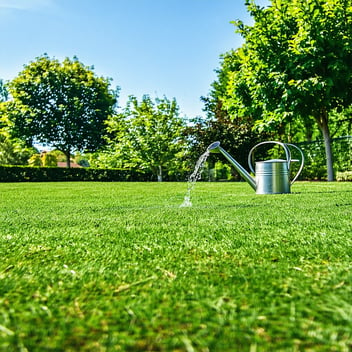Wallabies and Kangaroos: How to Share Your Space With Them
In the heart of Australia, wallabies and kangaroos are iconic symbols of the wild. Living in South East Queensland, many residents find themselves in the fortunate yet challenging position of sharing space with these marsupials. Their presence enriches the local ecosystem but requires thoughtful management to maintain harmony between humans and wildlife.
Understanding Wallabies and Kangaroos
Wallabies and kangaroos are herbivorous marsupials with distinct habits. Wallabies are generally smaller and more secretive, favoring dense vegetation for cover. Kangaroos, larger and more social, often traverse open spaces in mobs. Both feed primarily on grasses, leaves, and young shoots, making them significant contributors to natural landscaping. Understanding these behaviors is essential for coexistence.
The Benefits of Sharing Your Space
Having wallabies and kangaroos in your property offers natural advantages. Their grazing helps control overgrowth, reduces fire hazards, and maintains pasture health. Additionally, their presence encourages biodiversity, attracting other native species such as birds, reptiles, and beneficial insects. Observing these marsupials can also provide a profound connection to nature and an enhanced appreciation for local wildlife.
Potential Challenges
Despite their charm, wallabies and kangaroos can present challenges. Gardens with delicate plants or young trees may suffer from browsing, and large kangaroos can damage fences or trample pathways. Vehicle collisions are a real risk, especially at dawn and dusk, when kangaroos are most active. Being aware of these risks helps prepare for responsible management.
Creating a Wildlife-Friendly Environment
Designing your garden to accommodate marsupials is both practical and rewarding. Planting native vegetation that provides forage, combined with natural cover such as shrubs and bushy borders, encourages wallabies and kangaroos to stick to safe areas. Providing clean water sources and shaded resting spots ensures they can thrive without causing undue damage to human spaces.
Protecting Your Garden
Fencing is a key tool in balancing human and wildlife needs. Low or electric mesh fencing can protect sensitive plants while allowing marsupials to roam freely elsewhere. Choosing hardy, wildlife-resistant plant species also minimizes losses. Raised garden beds or protective cages around saplings can prevent nibbling while maintaining an inviting habitat for native species.
Safety Considerations
Maintaining a safe environment for both people and animals is paramount. Avoid approaching wallabies and kangaroos too closely, as sudden movements can provoke defensive behavior. Keep pets under control to prevent confrontations, and be mindful of seasonal behaviors such as breeding or joey movement, which may temporarily alter marsupial patterns.
Community and Legal Considerations
Local councils and wildlife authorities have guidelines for coexisting with native species. It is important to adhere to regulations regarding feeding, relocation, and protection. Reporting injured or orphaned marsupials to licensed wildlife carers ensures their safety and supports broader conservation efforts.
Conclusion
Sharing your space with wallabies and kangaroos is a rewarding experience that requires knowledge, patience, and respect. By understanding their habits, creating wildlife-friendly environments, and implementing protective measures, gardeners in South East Queensland can foster a thriving ecosystem. Coexistence is not only possible but can enrich both the natural landscape and the human experience, blending domestic life seamlessly with the wonders of native wildlife.




